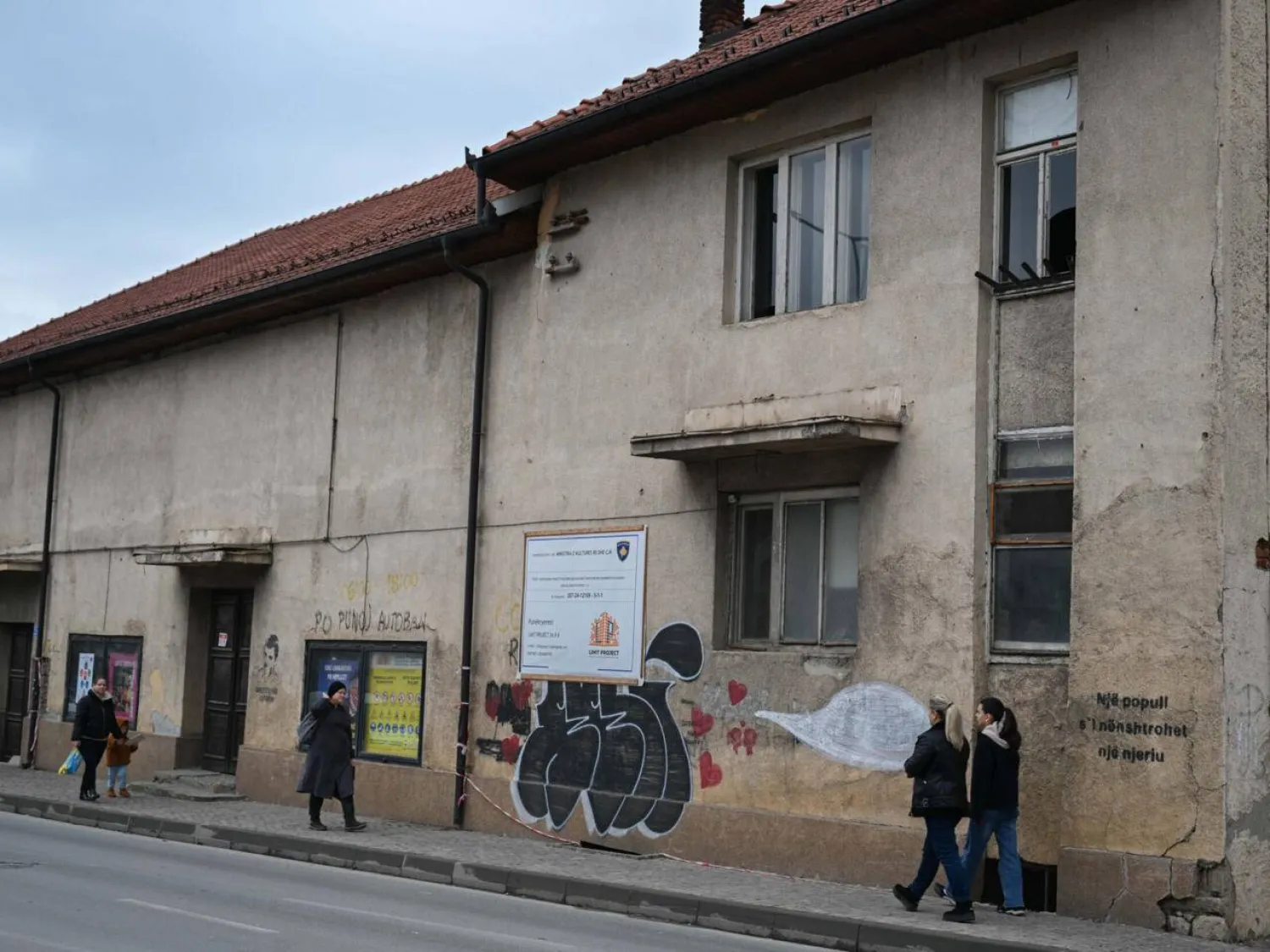The Ministry of Tourism and Antiquities has announced the discovery of an ancient cemetery dating back to the New Kingdom of ancient Egypt in the Al-Ghuraifa area of Tuna El-Gebel necropolis, in southern Egypt's Minya governorate.
The find consists of antiquities and the wooden coffins of “the singer of deity Djehuti” and “daughter an esteemed priest”.
“The Egyptian expedition working in the area found a cemetery that belonged to senior officials and priests, containing several rock-carved tombs and different antiquities. This is the first time a cemetery from the New Kingdom was found in the 15th nome of Upper Egypt,” said Mostafa Waziri, secretary general of the Supreme Council of Antiquities.
Although many cemeteries from the Old Kingdom, the First Intermediate Period, and the Middle Kingdom were unearthed in the Sheikh Said and Deir El Bersha areas, the cemeteries from the New Kingdom and the Late Period were still unknown.
“According to ancient texts, the area embraced the cemetery of deity Djehuti. But the excavations in Tuna El-Gebel necropolis, five kilometers from southern Al-Ghuraifa, revealed a cemetery of sacred animals and high-ranking statesmen from the Ptolemaic Kingdom. But the cemetery of the New Kingdom remained unidentified and that’s why the expedition was searching for it,” Dr. Maysara Abdullah, professor of antiquities, told Asharq Al-Awsat. The excavation expedition of the Egyptian Ministry of Tourism and Antiquities, started its mission in 2017, with the aim to locate the cemetery of the 15th nome of the New Kingdom.
According to Waziri, “evidence suggests that a segment of this cemetery was repurposed during the Late Period.” The expedition also found amulets, ushabti figurines, statues and coffins containing mummies from that era.
The discovery included two tombs, one that belonged to a woman named “Nani” known as “the singer of deity Djehuti”, and the other belonged to Tadi Essah, the daughter of High Priest Djehuty.
Two wooden boxes containing Canopy containers that belonged to Tadi Essah were found next to her coffin, in addition to a full collection of ushabti figurines.
The minister of antiquities said “it is the first time a full papyrus in good condition was found in Al-Ghuraifa. Primary studies reported that it is 13 to 15 meters long, depicting extracts from the Book of the Dead,” noting that “it will be exhibited at the Grand Egyptian Museum.”
Al-Ghuraifa region was used as a cemetery in the Late Period, starting with the 26th Dynasty until the Ptolemaic era. Excavations in the region debuted in 1925, but it witnessed several looting incidents, which prompted the ministry of antiquities to launch rescue excavations in 2002 and 2003, before officially adding the area to its properties in 2004.
Dr. Maysara Abdullah said “Al-Ghuraifa is a major antiquities site. It wasn’t on the ancient antiquities maps and didn’t see large-scale excavations,” noting that “it’s a virgin area far from urbanization, and no one expected to find antiquities there.”
The past year, an expedition working in the region found a cemetery from the Late Period in the far north; the find consisted of wells leading to burial chambers housing wooden coffins, over 25,000 ushabti figurines, a large number of Canopy containers, thousands of amulets, and some wooden statues that have been displayed in Egyptian museums.









